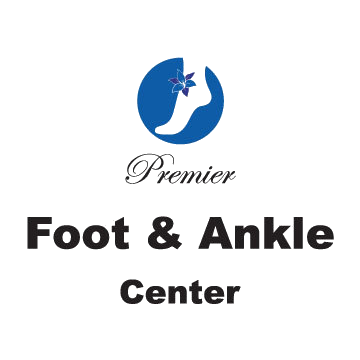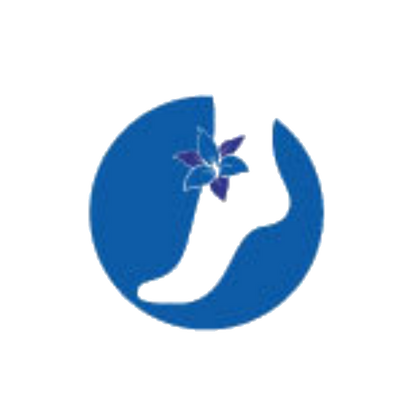Arthritis is an inflammation and swelling of the cartilage and lining of the joints, generally accompanied by an increase in the fluid in the joints. Arthritis is a disabling and occasionally crippling disease afflicting almost 40 million Americans. In some forms, it appears to be hereditary. Although the prevalence of arthritis increases with age, all people from infancy to middle age are potential victims. People over 50 are the primary targets.
If the feet seem more susceptible to arthritis than other parts of the body, it is because each foot has 33 joints that can be afflicted, and there is no way to avoid the pain of the tremendous weight-bearing load on the feet. Arthritic feet can result in loss of mobility and independence. However, early diagnosis and proper medical care can limit or slow the damage.
Symptoms of arthritis in the foot and ankle include:
- Early morning stiffness.
- Limitation in motion of joint.
- Recurring pain or tenderness in any joint.
- Redness or heat in a joint.
- Skin changes, including rashes and growths.
- Swelling in one or more joints.
Forms of Arthritis
Osteoarthritis is the most common form of arthritis. It is frequently called degenerative joint disease or wear and tear arthritis. Aging usually brings on a breakdown in cartilage, and pain gets progressively more severe. Dull, throbbing nighttime pain is characteristic, and may be accompanied by muscle weakness or deterioration. Many of these symptoms can be relieved with rest. Overweight people are particularly susceptible to osteoarthritis. The additional weight contributes to the deterioration of cartilage and the development of bone spurs.
Rheumatoid arthritis is a major crippling disorder and the most serious form of arthritis. It is a complex, chronic inflammatory group of diseases, often affecting more than a dozen smaller joints during its course. In the foot, it frequently affects both ankles and toes.
Arthritis of the foot and ankle can be treated in many ways, including:
- Physical therapy and exercise.
- Anti-inflammatory medication and/or steroid injections into the affected joint. Note: Please consult your physician before taking any medications.
- Orthotics or specially prescribed shoes.

